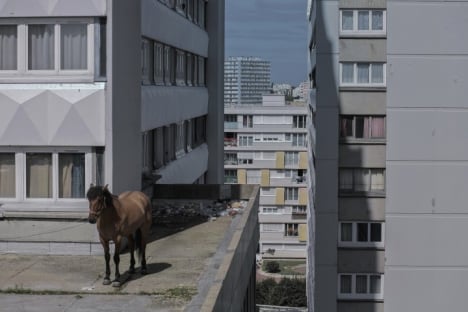The department of Seine Saint-Denis, on the edge of the Paris is one of France's poorest.
Since 2010 French photographer Manolo Mylonas has been capturing everyday life in the suburbs that make up France's department number 93.
The result is a gallery of eye catching images which he has titled "Every Sunday".
“I wanted to show the extraordinary banality of Seine-Saint-Denis,” said Mylonas. “I have always been sensitive to the city and the role of humans in the city, how they move, how they and how they reclaim certain spaces.”
Take a look through a selection of his images by clicking on the link or picture below. There are no captions on the photos, other than where they shot, with Mylonas purposefully leaving them blank so the viewer can make up their own.
'Every Sunday' – Ordinary life in Seine-Saint-Denis
For more information on the Mylonas and to see the rest of his images you can visit his website by clicking here.



 Please whitelist us to continue reading.
Please whitelist us to continue reading.
Member comments